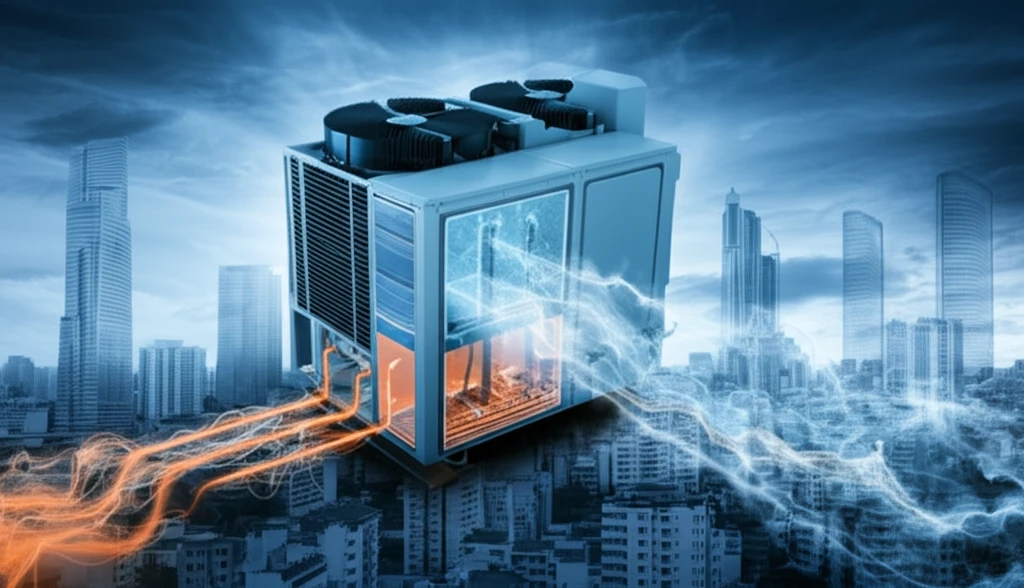
Cooling Without Guilt: How Absorption Chillers Can Save the Planet
"Dive into the world of sustainable cooling with absorption chillers, the technology using waste heat to keep us comfortable and combat climate change."
In our ever-warming world, the demand for cooling is skyrocketing. Traditional air conditioning systems, while effective, guzzle electricity and release harmful greenhouse gases, exacerbating the very problem they're meant to alleviate. But what if we could cool our homes and businesses in a way that's both energy-efficient and environmentally friendly? Enter absorption chillers, a promising technology that's changing the way we think about cooling.
Absorption chillers are hardly a new invention, but renewed interest in sustainable solutions has propelled them back into the spotlight. Unlike conventional compression chillers that rely on mechanical energy, absorption chillers use heat as their primary energy source. This opens the door to utilizing waste heat from industrial processes, solar thermal energy, and even geothermal sources – turning potential pollutants into a valuable resource.
This article explores the ins and outs of absorption chillers, comparing different system configurations, examining their environmental and economic benefits, and considering their potential role in a more sustainable future.
The Magic of Absorption: How It Works

At the heart of an absorption chiller lies a clever thermodynamic process. Instead of a compressor, these systems use an absorbent and a refrigerant. Common pairings include lithium bromide and water (LiBr-H2O) for air conditioning and ammonia and water (NH3-H2O) for refrigeration. The cycle begins with refrigerant vapor being absorbed by the absorbent, creating a solution. This solution is then heated, releasing the refrigerant vapor, which is subsequently condensed, providing cooling. Finally, the refrigerant is evaporated, restarts the absorption process.
- Single-Effect: Suitable for lower generator temperature and its energy coefficient of performance (COP) is very low.
- Double-Effect: Improve system performance with tremendously.
- Triple-Effect: Relatively high operating temperatures with higher COP.
A Cool Future
Absorption chillers represent a compelling solution for sustainable cooling. By harnessing waste heat and renewable energy sources, these systems reduce our reliance on fossil fuels, lower greenhouse gas emissions, and improve energy efficiency. As the demand for cooling continues to grow, absorption chillers offer a pathway to a cooler, greener future.
